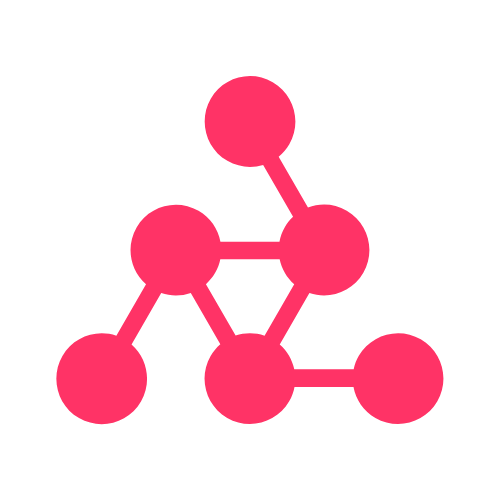The term Metaverse has become one of the most discussed concepts in the technology world, but in 2025, it is no longer just a futuristic idea. It has evolved into a digital ecosystem that connects people, businesses, and experiences in ways never seen before. While the early versions of the Metaverse were dominated by gaming and virtual reality, today it represents an interconnected world where social interaction, education, work, and commerce coexist in immersive digital spaces.
Table of Contents
What Is the Metaverse?
The Metaverse is a shared, persistent digital environment where users interact with each other and digital objects through avatars. Unlike traditional websites or social media platforms, the Metaverse offers a three-dimensional experience that combines augmented reality, virtual reality, blockchain, and artificial intelligence. It’s not a single platform but a network of virtual worlds that function seamlessly across devices and industries.
Companies like Meta, Microsoft, and Nvidia are leading this revolution by developing platforms and tools that make virtual experiences more accessible and interactive. The goal is to create a parallel digital universe that merges seamlessly with our physical world.
Moving Beyond Gaming
In the early stages, the Metaverse gained popularity through gaming platforms like Roblox, Fortnite, and Decentraland. These worlds allowed players to build, explore, and interact in virtual spaces. However, by 2025, the Metaverse has expanded beyond gaming into fields like education, healthcare, fashion, real estate, and business collaboration.
In education, students now attend virtual classrooms where they can conduct science experiments or explore historical landmarks through 3D simulations. In healthcare, doctors use virtual environments to train for surgeries or provide therapy through immersive sessions. Businesses are hosting meetings, conferences, and product launches inside the Metaverse, creating experiences far more engaging than traditional video calls.
The Role of Virtual and Augmented Reality
Virtual Reality (VR) and Augmented Reality (AR) are the core technologies powering the Metaverse. VR provides complete immersion through headsets, allowing users to step into fully digital worlds. AR, on the other hand, overlays digital information on the real world through smart glasses or mobile devices.
In 2025, advancements in these technologies have made them more affordable and user-friendly. Lightweight headsets, high-resolution displays, and faster processors have enhanced realism, while cloud computing ensures smooth experiences without the need for expensive hardware.
AR is also playing a key role in bridging the gap between the digital and physical worlds. For instance, users can project virtual furniture into their homes before buying it or try on digital fashion items using AR mirrors.
How Blockchain Powers the its Economy
One of the most innovative aspects of the Metaverse is its digital economy. Blockchain technology ensures secure ownership of virtual assets such as land, art, and digital goods. Non-Fungible Tokens (NFTs) represent these assets and allow users to buy, sell, or trade them with verified authenticity.
Cryptocurrencies are becoming the default currency of the Metaverse, enabling seamless transactions across different virtual worlds. This decentralized model gives users greater control over their digital identities and assets, creating a fairer and more transparent economy.
The Metaverse and Social Interaction
Social experiences are at the heart of the Metaverse. Instead of scrolling through a flat news feed, users meet friends, attend virtual concerts, or explore interactive art galleries all in real time. The sense of presence and connection offered by it is far deeper than traditional online communication.
In 2025, brands and creators are also using the it to engage audiences in creative ways. Virtual pop-up shops, product launches, and fan meetups have become common, offering immersive experiences that combine entertainment and marketing.
Challenges of the Metaverse
Despite its promise, it faces several challenges. Privacy, security, and digital addiction are among the biggest concerns. As more personal and financial data enters these virtual worlds, ensuring protection from cyber threats becomes critical.
There’s also the question of accessibility. High-quality VR headsets and fast internet connections are still out of reach for many, which could create a digital divide between those who can access the Metaverse and those who cannot.
Additionally, the lack of standardization across platforms poses interoperability issues. Different virtual worlds often operate in isolation, making it difficult for users to transfer assets or identities across them.
The Future
The Metaverse is still in its early stages, but its potential is enormous. Experts predict that by 2030, it will become a trillion-dollar industry transforming sectors such as retail, education, and entertainment. The integration of artificial intelligence will make virtual worlds more interactive, while the rollout of 6G networks will enhance connectivity and realism.
Companies are already exploring how the Metaverse can be used for remote work, digital citizenship, and even smart governance. Governments are beginning to draft policies around digital identity and taxation in virtual spaces, signaling the seriousness of this new digital era.
Conclusion
The Metaverse in 2025 is much more than a playground for gamers—it is a new frontier of human experience. By merging virtual reality, blockchain, and artificial intelligence, it is creating a world where imagination becomes reality. From education and healthcare to business and entertainment, its applications are limitless.
As technology continues to advance, the boundaries between the real and the virtual will blur even further, leading to a future where digital and physical worlds exist in perfect harmony. The Metaverse is not just the next phase of the internet; it is the next chapter of human evolution. Also Check How Cybersecurity is Evolving in the Free Age of AI – 2025







1 thought on “Understanding the Metaverse – New Free Gaming World 2025”